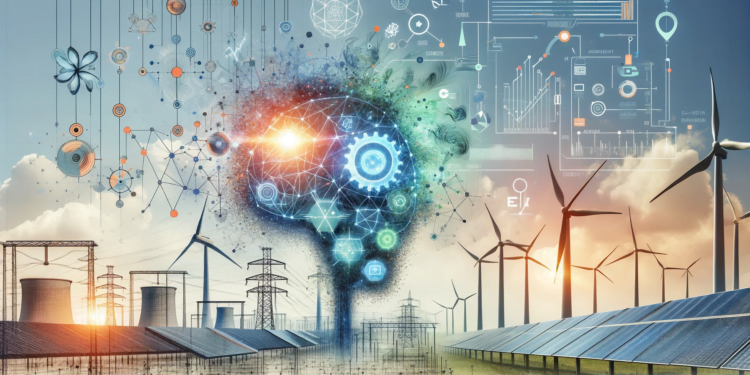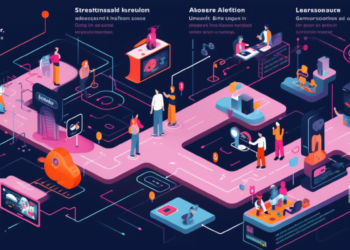The effective harnessing of energy sources, both renewable and non-renewable, is one of the most imperative challenges humanity faces. Advances in Artificial Intelligence (AI), and more specifically in Machine Learning (ML), have opened promising avenues to tackle this challenge. Within this realm, two main strands coexist: prediction and optimization. Both domains find in machine learning powerful tools to enhance the efficiency, reliability, and sustainability of energy systems.
Studies on Energy Demand and Production Prediction
Accurate prediction of energy demand revolutionizes the planning of electrical grids. Predictive models based on Recurrent Neural Networks (RNNs), with a special focus on Long Short-Term Memory (LSTM) networks, have proven especially adept at capturing the complex temporal dependencies of energy time series. Extending to bidirectional LSTMs allows for the incorporation of context in both time directions, increasing the model’s sensitivity to inherently dynamic patterns in energy demand.
Simultaneously, there is a need to forecast renewable energy production, such as that of wind farms and solar parks, whose intermittent nature poses a significant challenge. Models based on Gradient Boosting Machines (GBMs) have managed to address this challenge thanks to their ensemble nature and their tendency not to overfit in the face of data volatility.
A relevant case study is seen in the work done by the International Renewable Energy Agency (IRENA), where Convolutional Neural Networks (CNNs) were used to analyze images and predict solar energy production, integrating meteorological and atmospheric variables to fine-tune predictions to the varied real-world scenarios.
Resource Optimization and Energy Waste Reduction
In the realm of optimization, genetic algorithms and particle swarm optimization (PSO) have been successfully applied to the optimal configuration of electrical networks and the reduction of energy waste. The objective function, in this context, tends to be multi-criteria, weighing energy efficiency against factors such as costs and CO2 emissions.
At the same time, Bayesian optimization has emerged in the energy scene as a powerful method for hyperparameter tuning in renewable energy systems. For example, maximizing wind energy production through the optimization of wind turbine blade pitch angles.
An illustrative example of practical applications is the management of electric vehicle (EV) charging, where reinforcement models, like the Deep Q-Network (DQN), have enabled real-time decision-making for load balancing, considering network variability and user behavior.
Current and Future Challenges of ML in Energy
The energy field also faces ML-specific challenges, such as the generalization of models in highly variable environments and unprecedented scalability. Transfer Learning techniques, for instance, offer a pathway toward generalization, allowing models trained in a specific context to be adapted to another with minimal performance loss.
Moreover, interpreting complex ML models remains a critical frontier to be addressed. Increasing transparency not only improves confidence in the decisions made by these systems but is also fundamental for regulatory acceptance. Explainability in AI, through approaches such as LIME (Local Interpretable Model-agnostic Explanations) and SHAP (SHapley Additive exPlanations), is crucial in this regard.
As for future directions, integrating complex network theories into ML opens prospects for a better understanding of the interconnectedness and resilience of energy systems. Quantifying interdependencies and the ability to anticipate cascade effects of network failures can be taken to previously unexplored levels, paving the way for the proactive identification of vulnerabilities and, consequently, a more robust infrastructure design.
Conclusion
In summary, the intersection of AI and energy is witnessing exponential growth both in depth and in applicable possibilities. Energy prediction and optimization are just the tip of the iceberg in terms of the capabilities that ML can bring to this vital sector. With a continual focus on technological advancements and the integration of new methodologies, the field is on track to achieve not only operational efficiencies but also a significant step towards sustainability and energy security. The coming years will witness how the symbiosis between these two titanic areas will shape the future of energy consumption and production, positioning artificial intelligence as an indispensable catalyst for an intelligent and adaptive energy revolution.






















